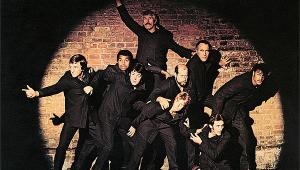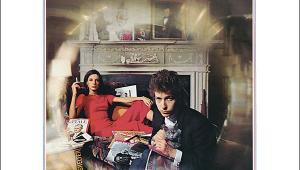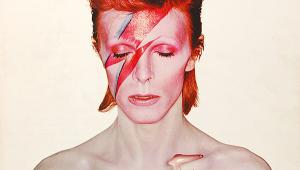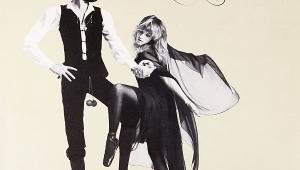Keeping it reel...
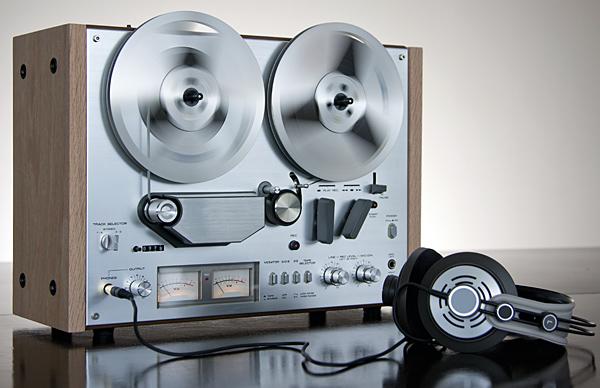
If, in 1999, you were told that vinyl would enjoy such a massive revival that in 2019 HMV would be opening a flagship store in Birmingham stocking 25,000 records, and that turntables and LPs would appear in mainstream TV ads for watches and life insurance, you'd have laughed in disbelief. But then you would have paused, because both records and turntables were never entirely out of production.
If you were also told that a film called Guardians Of The Galaxy would inspire a generation too young to have experienced them to think that cassettes were cool, you'd have had the same reaction, and thought, hmmm, OK. But reel-to-reel tape? Never in a bazillion years.
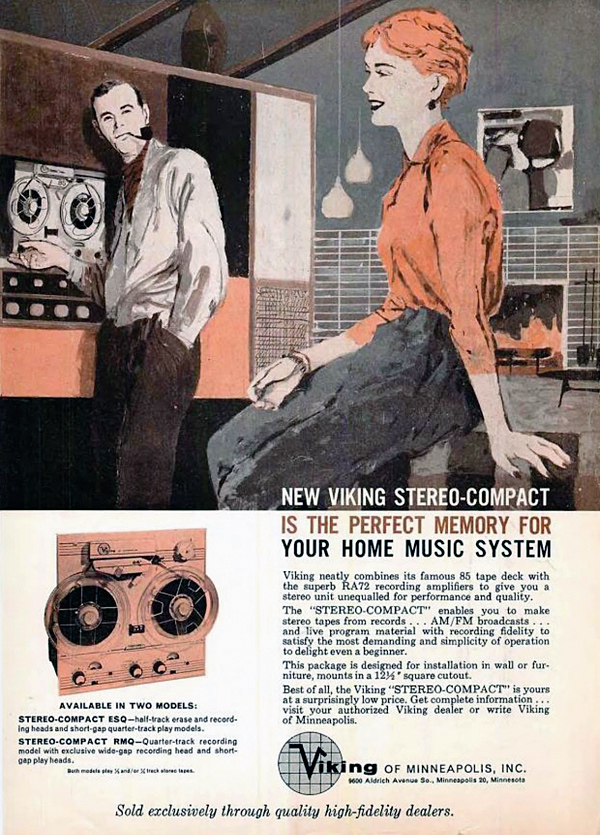
Bachelor Of Arts
Reel-to-reel tape, unlike LP or cassette (let's leave CD out of this discussion, because it's currently in a state of flux), was never a popular, let alone populist format. Pre-recorded open-reel tapes always cost more than the equivalent vinyl LP, and tape decks, aside from cheap portables for dictation usage, were always expensive. At any time between the end of WWII, when open-reel tape left Germany and was rendered commercially viable by Ampex and others in the USA, and the mid-1980s when machine and blank tape production started to decline, it was either the province of professionals for studio or field use, or of high-end audiophiles.
Of course, they weren't called 'audiophiles' back in the beginning, but any image of a 'hi-fi enthusiast' during the third quarter of the 20th century, especially in glossy gents' lifestyle magazines like Esquire or Playboy, always featured a reel-to-reel deck in the photo shoot of the hip 'bachelor pad'. They didn't just look cool, for they suggested a music lover with the patience, taste and initiative to employ the fiddliest format of all.
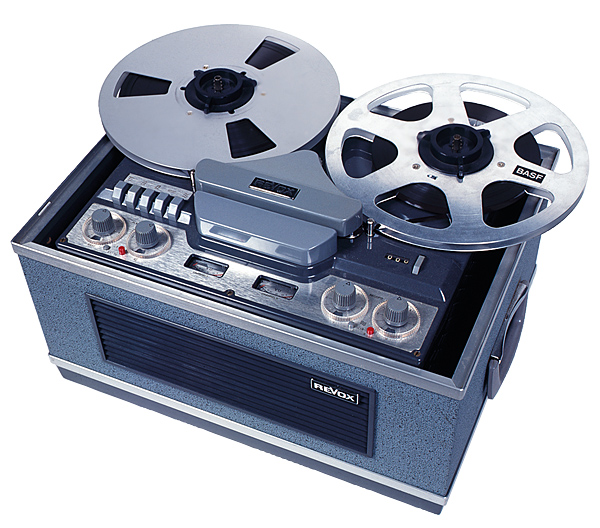
If there is a reel-to-reel revival currently underway it will never match the undeniable success of vinyl, or even the possibly-ephemeral rebirth of compact cassettes. Each of the three resuscitated formats has a unique audience, and each is based on special conditions relevant to the technology and the culture.
For the LP, it's the ubiquity of new and used vinyl and affordable turntables, while the LPs themselves are evocative of an era. For cassettes, it's much the same, with the added bonus of the ability to record in analogue. Cassette's appeal is based almost entirely on the charm of making 'mix tapes' for friends and loved ones.
Reel-to-reel? It has one, and only one reason for revivification and that is its sound quality. To my ears it is superior to any other format available to consumers. This seemingly hyperbolic claim may strike you as Kessler having a weird senior moment, but others, of far greater gravitas than I, share the same pro-tape affliction.
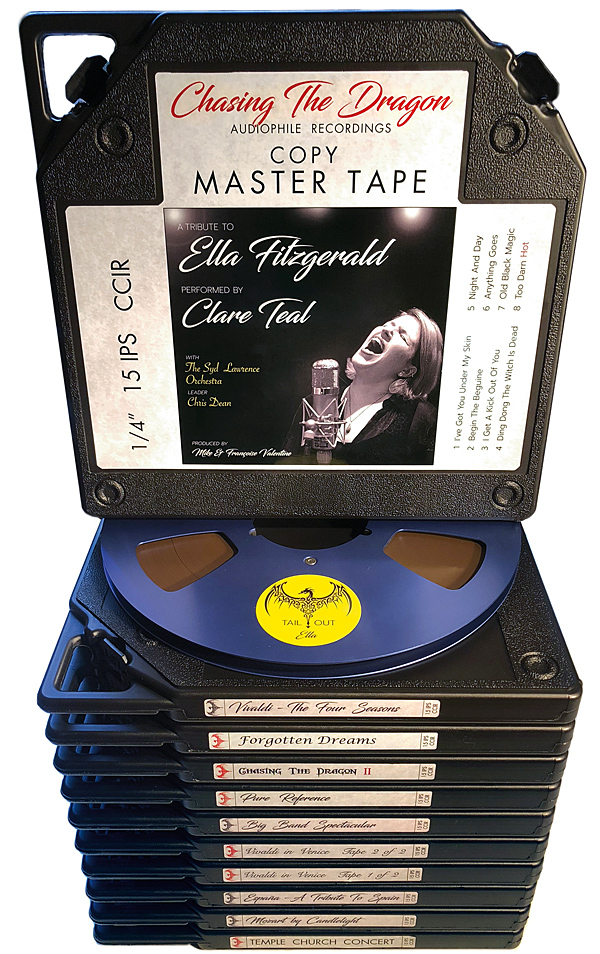
Going Global
One reason for this superiority is that the production of commercial tapes involves less damage to the original signal – copying in real time from production master to the tapes that find their way into the hands of the consumer – than all of the stages in producing an LP, even a Mobile Fidelity One-Step release. And RIAA equalisation vs. NAB or CCIR? One might posit that the former does more manipulation of the signal than the latter.
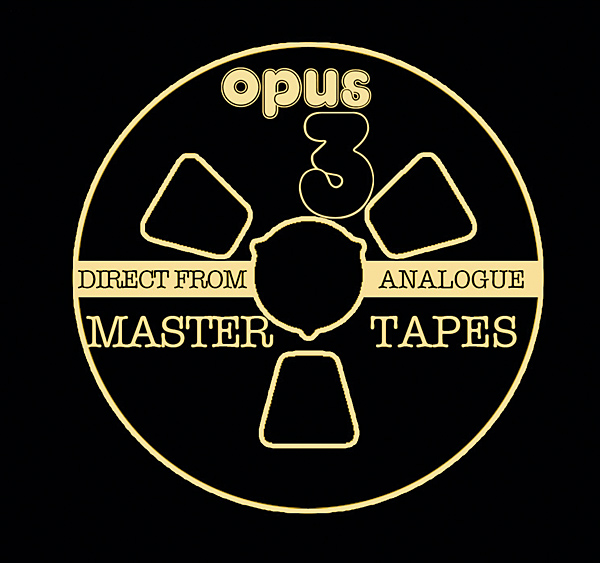
It can be demonstrated subjectively thanks to a few labels – Opus 3 and Chasing The Dragon in particular – which offer brand-new recordings in reel-to-reel formats, as well as others, such as STS, and The Tape Project, which releases classic albums on reel-to-reel, duplicated from the original masters. Chasing The Dragon goes so far as to issue its releases on pre-recorded cassette, LP and CD, as well as both 7½ and 15ips reel-to-reel tapes.
This means that one can perform side-by-side demonstrations, and the only listeners who will disagree about tape's supremacy are those who have invested heavily in LPs, CDs or cassettes. Or have impaired hearing. This, however, will remain a moot topic, and I have had disagreements with disciples of vinyl who stop just short of fingers-in-their-ears and cries of 'Na-na-na-na-na-na-I'm-not-listening.' But that's the point: they are not listening. As for the reel-to-reel devotees, I could, but won't to protect their privacy, name not a few top speaker and amp designers who concur with the open-reel brigade, their 'golden ears' being all they need to inspire them to dust off their decks.
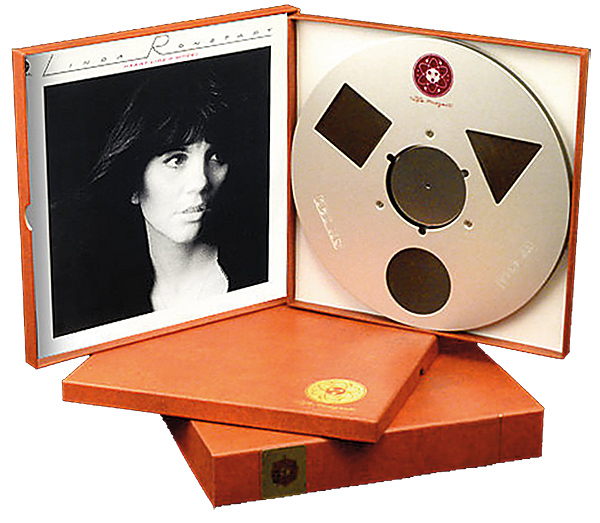
So how is the revival manifesting itself? What leads this writer to believe that the format has more than a few cranky adherents? The evidence is wide-ranging, but I must first reiterate and emphasise: it will only ever be a niche revival, barely a cult, because – unlike LPs or cassettes – neither the hardware nor the playback material are easy-to-source. But the signs of the tape re-awakening are global.
Hot-Rodding
EAR-Yoshino's Tim de Paravicini is the go-to guy for reel-to-reel tape deck hot-rodding. His handiwork has benefited all of you because his clients include some of the most important studios and musicians in the world. Recently, he has helped, among others, Mobile Fidelity in its mastering of One-Step LPs, and he's always working on some A-lister's high-speed Studer or other pro deck. It was Tim's use of a revered Denon DH-610S open-reel deck at hi-fi shows that reignited my interest in the format, causing me to overhaul my aged Revox G36s.
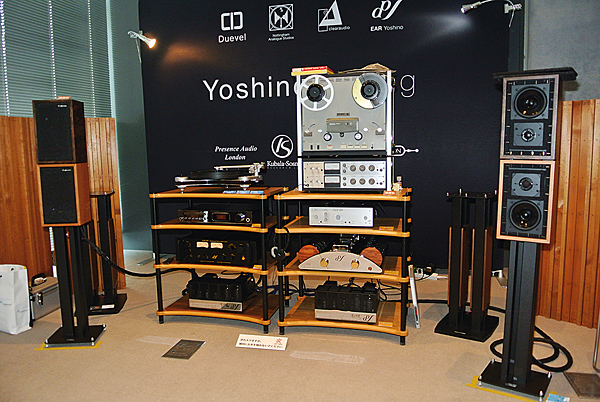
Two years ago, at the high-end event in Tokyo [HFN Feb '18], Tim told me to drop by to hear stacked LS3/5A loudspeakers, which he distributes in Japan (but that's another story…). He demonstrated them with a pristine copy of the US pre-recorded 7½ips open-reel tape of The Beatles' Sgt Pepper's Lonely Hearts Club Band on Capitol, brought in by a show visitor.

